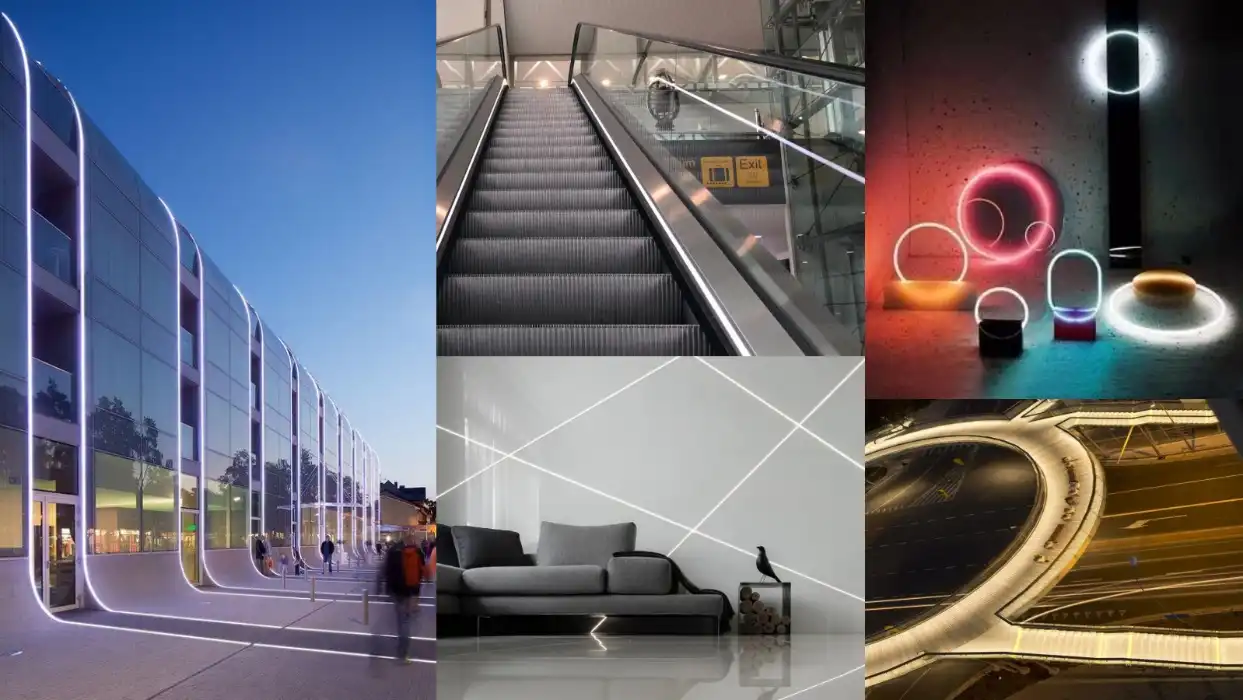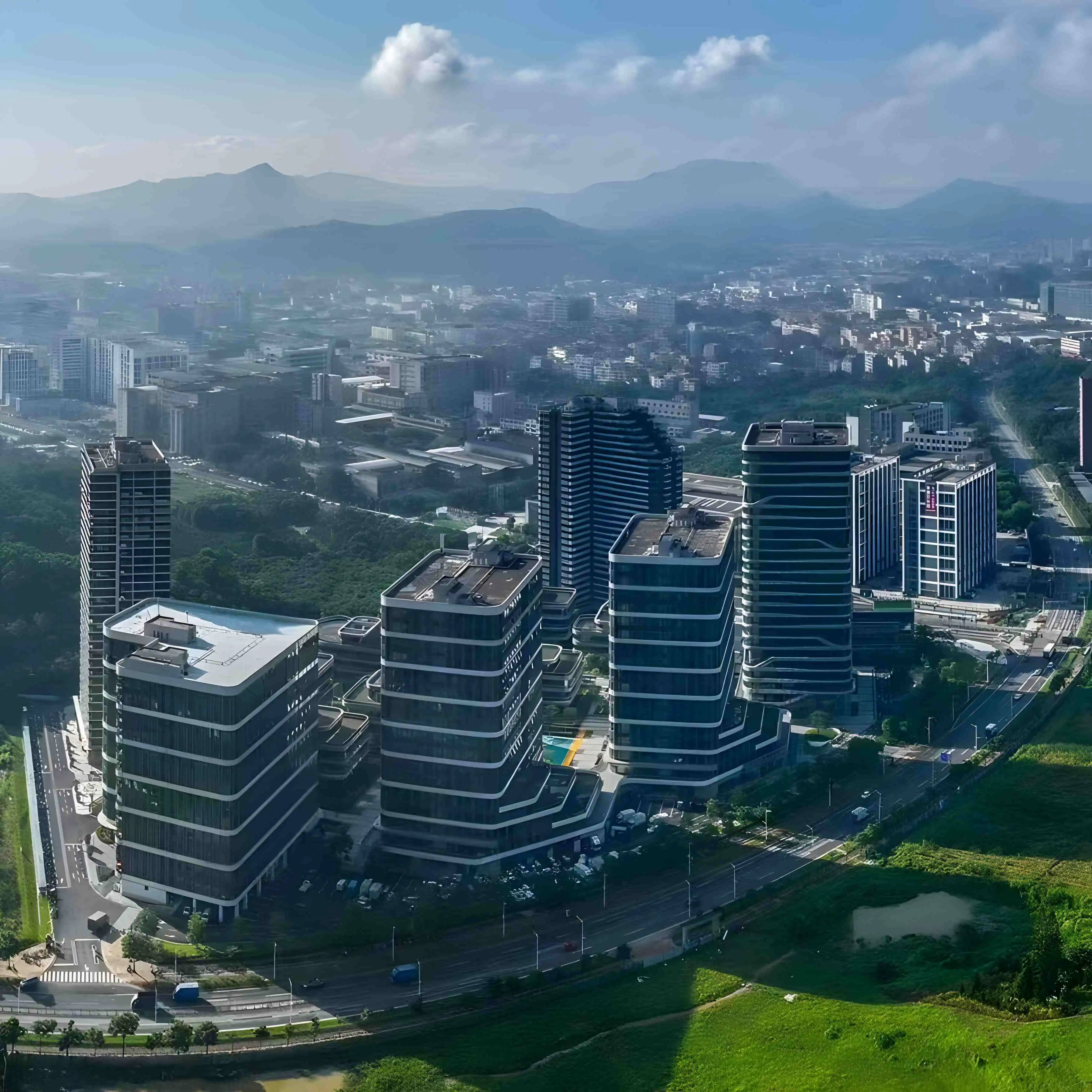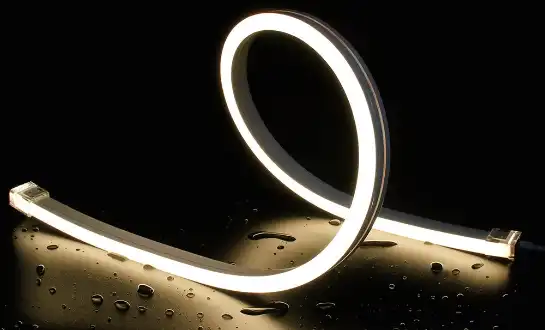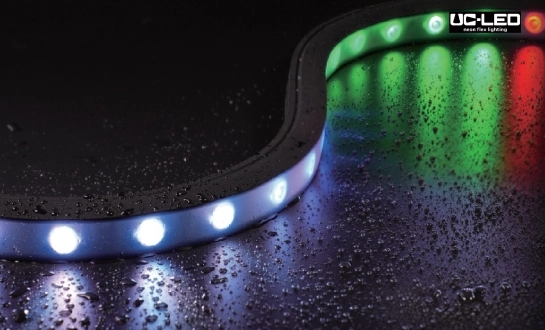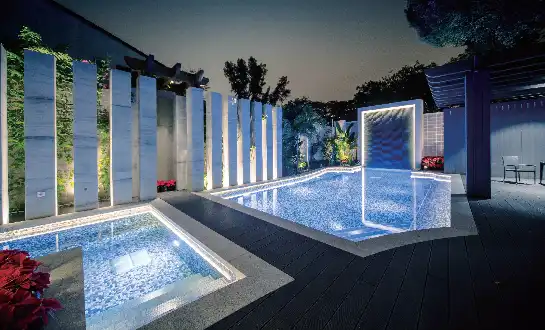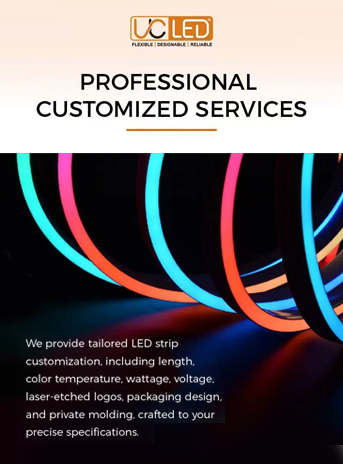Understanding the Technology Behind Flexible LED Neon Strips and LED Rope Lights
Flexible LED Neon Strips: A Modern Lighting Revolution
Flexible LED neon strips represent a significant leap forward in lighting technology. These innovative products mimic the appearance of traditional neon lights but offer numerous advantages. The core of a flexible LED neon strip consists of a series of closely spaced LED chips embedded in a flexible silicone or PVC extrusion. This design allows for a seamless, uninterrupted line of light that can bend and curve to fit various applications.
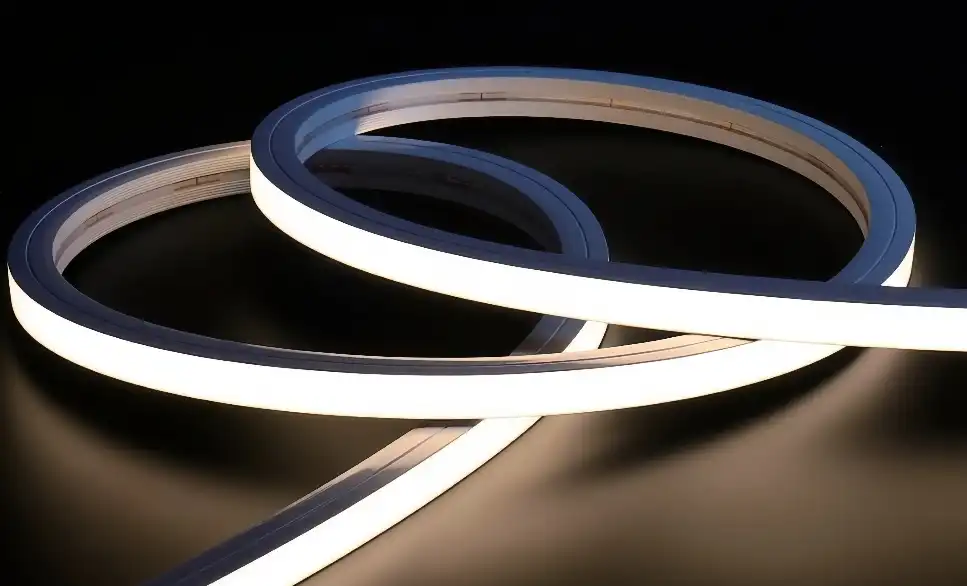
One of the key features of flexible LED neon strips is their ability to produce a uniform, diffused glow. This is achieved through the use of specialized diffuser materials that spread the light evenly across the surface of the strip. The result is a smooth, continuous light output that closely resembles traditional neon, but without the fragility and high power consumption associated with gas-filled tubes.
These strips are highly customizable, offering a wide range of color options including RGB and RGBW variants. Many models also support dynamic color-changing effects and dimming capabilities, providing unprecedented control over the lighting ambiance. The flexibility of these strips allows for creative installations, making them popular in architectural lighting, signage, and decorative applications.
LED Rope Lights: The Versatile Classic
LED rope lights, while sharing some similarities with flexible LED neon strips, have a distinct construction and appearance. These lights consist of a series of individual LED bulbs encased in a flexible PVC tube. The LEDs are typically spaced at regular intervals along the length of the rope, creating a characteristic dotted light effect.
The design of LED rope lights makes them particularly durable and well-suited for outdoor applications. The robust PVC casing provides protection against moisture and physical impacts, allowing these lights to withstand harsh environmental conditions. This durability has made LED rope lights a popular choice for outdoor decorations, landscape lighting, and safety applications.
While LED rope lights may not offer the same level of brightness or color options as flexible LED neon strips, they excel in their simplicity and reliability. They're often easier to install and maintain, making them a practical choice for long-term installations or situations where frequent handling is expected.
Comparing Performance and Efficiency
Brightness and Light Quality
When it comes to brightness and light quality, flexible LED neon strips generally have the edge. The close spacing of LEDs and the use of advanced diffuser materials allow these strips to produce a higher lumen output per foot compared to most LED rope lights. The result is a brighter, more intense light that can effectively illuminate larger areas or create bold visual statements.
Moreover, the diffused nature of the light from flexible LED neon strips contributes to a more even, glare-free illumination. This makes them particularly suitable for applications where direct viewing of the light source is common, such as in signage or decorative installations. The seamless light output also lends itself well to creating smooth curves and intricate designs without visible gaps or dark spots.
LED rope lights, while generally not as bright, offer a unique aesthetic with their individual point-source lights. This can create attractive sparkle effects, especially when viewed from a distance. Some users prefer this look for certain decorative applications, particularly in outdoor settings where a softer, more dispersed light is desired.
Energy Efficiency and Lifespan
Both flexible LED neon strips and LED rope lights are significantly more energy-efficient than traditional lighting solutions. However, flexible LED neon strips often have a slight advantage in this area. The use of newer, more efficient LED chips and advanced power management systems allows these strips to produce more light per watt of electricity consumed.
In terms of lifespan, both lighting solutions offer impressive longevity. High-quality flexible LED neon strips can last up to 50,000 hours or more, while LED rope lights typically offer a lifespan of 30,000 to 50,000 hours. The actual lifespan can vary depending on usage conditions and the quality of the product.
It's worth noting that the lifespan of flexible LED neon strips can be further extended by their ability to dissipate heat more effectively. The larger surface area and advanced materials used in these strips help to manage heat buildup, which is a key factor in LED longevity.
Applications and Installation Considerations
Versatility in Design and Installation
Flexible LED neon strips offer unparalleled versatility in design and installation. Their ability to bend and flex allows for creative applications that would be challenging or impossible with traditional lighting solutions. These strips can conform to curved surfaces, create intricate shapes, and even form three-dimensional structures. This flexibility makes them ideal for architectural lighting, custom signage, and artistic installations.
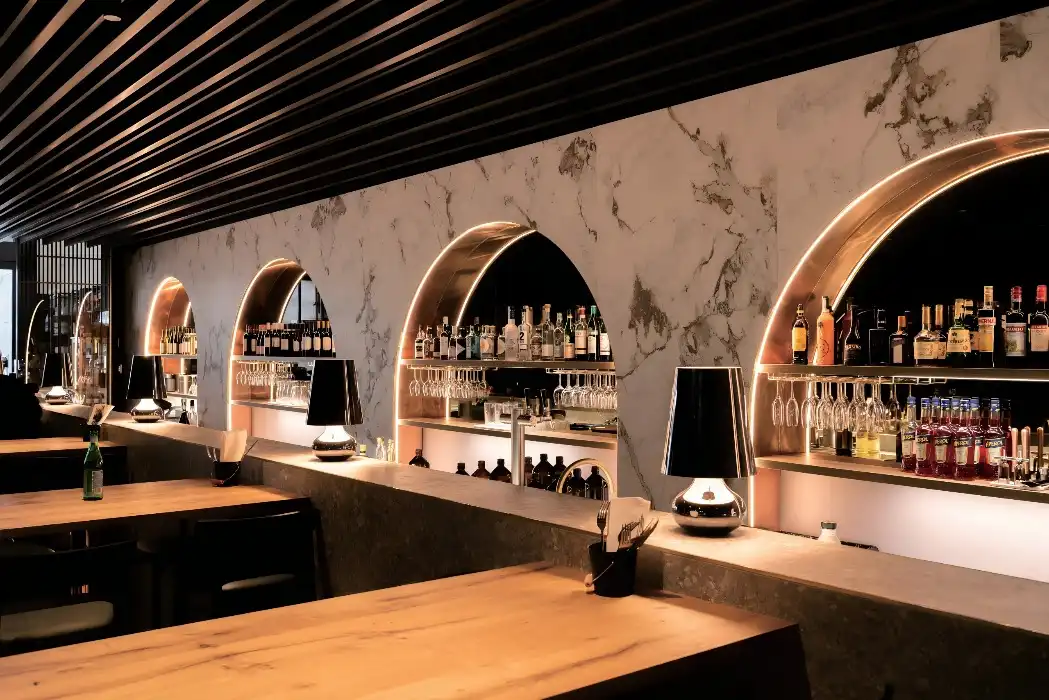
The installation process for flexible LED neon strips is typically straightforward, with many products featuring adhesive backing for easy mounting. For more complex installations, a variety of mounting clips and channels are available to secure the strips in place. The low profile of these strips also allows them to be easily concealed in coves, under cabinets, or behind other architectural features.
LED rope lights, while not as flexible as neon strips, still offer considerable versatility. They're particularly well-suited for outlining structures, creating perimeter lighting, or adding ambient illumination to outdoor spaces. The durability of LED rope lights makes them a popular choice for permanent outdoor installations, such as along building eaves or deck railings.
Color Options and Control Systems
One area where flexible LED neon strips truly shine is in their color options and control capabilities. Many models offer full RGB or RGBW color mixing, allowing for millions of possible color combinations. Advanced controllers and smart home integration enable dynamic color-changing effects, programmable sequences, and precise dimming control.
This level of customization makes flexible LED neon strips ideal for creating mood lighting, interactive displays, or responsive environments that can adapt to different occasions or preferences. In commercial settings, this flexibility can be leveraged to create eye-catching displays or to align lighting with branding colors.
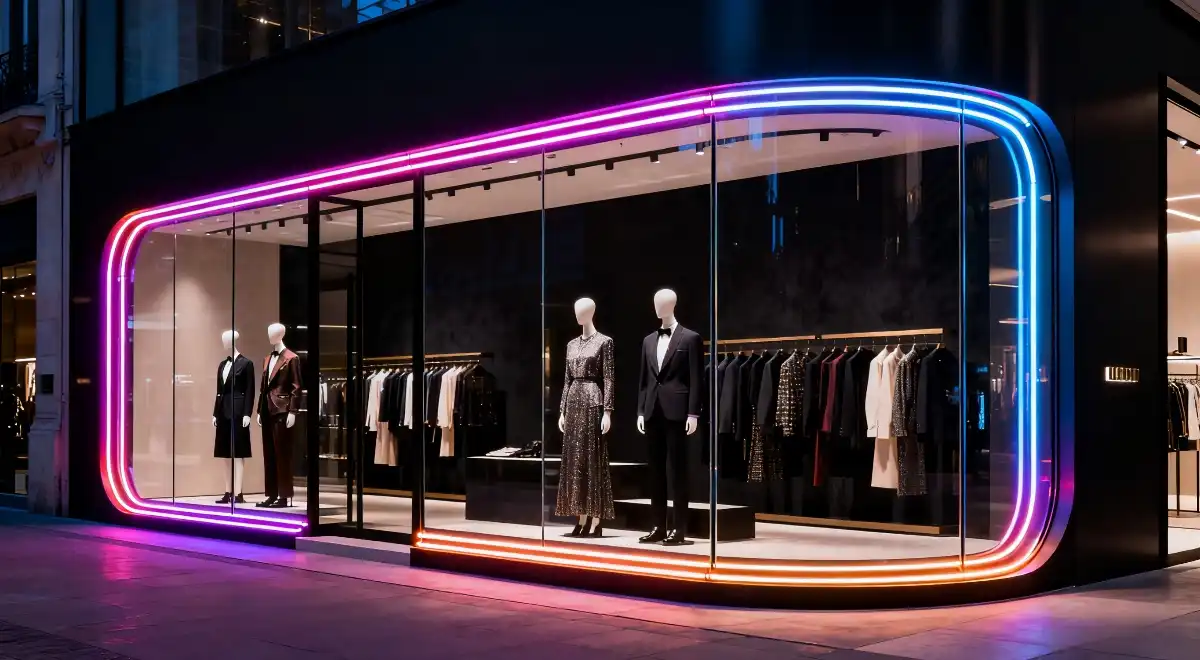
LED rope lights, while typically offering fewer color options, still provide a range of choices. Many are available in warm white, cool white, and various single colors. Some RGB models are also available, though they may not offer the same level of color mixing precision as high-end flexible LED neon strips.
Environmental Considerations
Both flexible LED neon strips and LED rope lights offer significant environmental benefits compared to traditional lighting technologies. They consume less energy, produce less heat, and have a longer lifespan, reducing waste and resource consumption over time.
Flexible LED neon strips, in particular, are often designed with eco-friendly materials and manufacturing processes. Many manufacturers are moving towards using recyclable silicone or PVC-free materials for the extrusion, further reducing the environmental impact.
When considering outdoor applications, LED rope lights have traditionally held an advantage due to their robust construction. However, advancements in weatherproofing technology have allowed for the development of outdoor-rated flexible LED neon strips that can withstand exposure to the elements while maintaining their superior light quality and efficiency.
Conclusion
In the comparison between flexible LED neon strips and LED rope lights, both options offer unique advantages. Flexible LED neon strips excel in brightness, energy efficiency, and design versatility, making them ideal for modern, high-impact lighting installations. Their ability to produce seamless, diffused light opens up creative possibilities in architectural and decorative lighting.
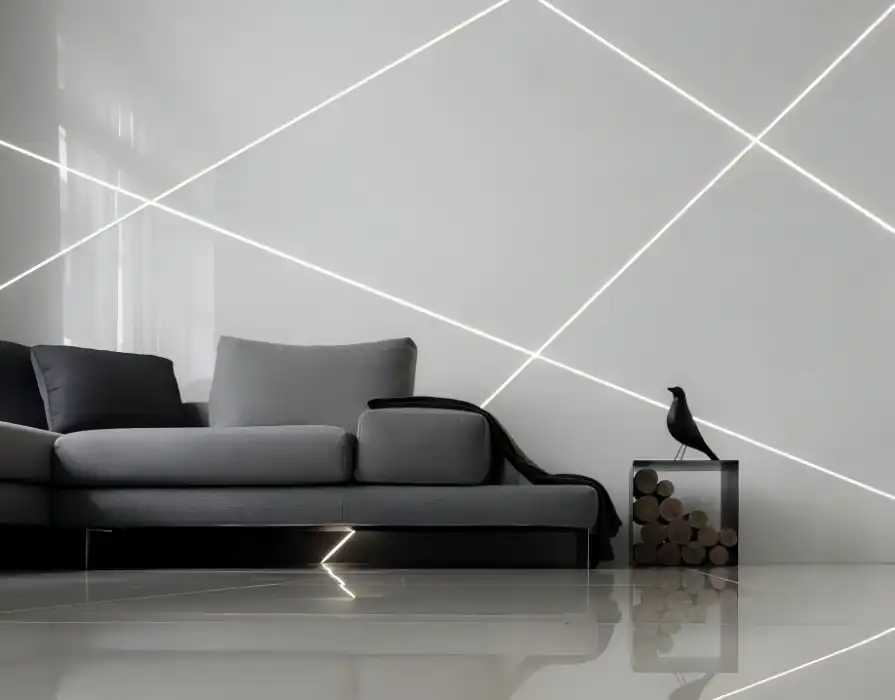
LED rope lights, while generally not as bright or flexible, offer robust durability and simplicity that make them well-suited for certain outdoor applications and traditional decorative lighting scenarios. Their distinctive appearance and ease of use continue to make them a popular choice for many consumers.
Ultimately, the choice between flexible LED neon strips and LED rope lights depends on the specific requirements of each project. Factors such as desired brightness, color options, installation environment, and aesthetic preferences should all be considered. As lighting technology continues to evolve, both of these options are likely to see further improvements, offering even more exciting possibilities for innovative lighting design.
FAQ
Are flexible LED neon strips waterproof?
Many flexible LED neon strips are available in waterproof versions, suitable for outdoor use. Always check the IP rating to ensure it meets your needs.
Can LED rope lights be cut to size?
Most LED rope lights can be cut at designated points along their length. However, it's crucial to follow the manufacturer's instructions to avoid damaging the product.
Which option is more energy-efficient?
Generally, flexible LED neon strips are more energy-efficient, producing more light per watt of electricity consumed.
Experience the Brilliance of Flexible LED Neon Strips | QUAN HE
At QUAN HE, we're not just manufacturers; we're innovators in the world of LED lighting. Our state-of-the-art factory produces high-quality flexible LED neon strips that set new standards in brightness, efficiency, and versatility. With our expert R&D team and customization services, we deliver lighting solutions tailored to your unique needs. Experience the QUAN HE difference - contact us at Linda@uc-led.com to illuminate your next project with precision and excellence.
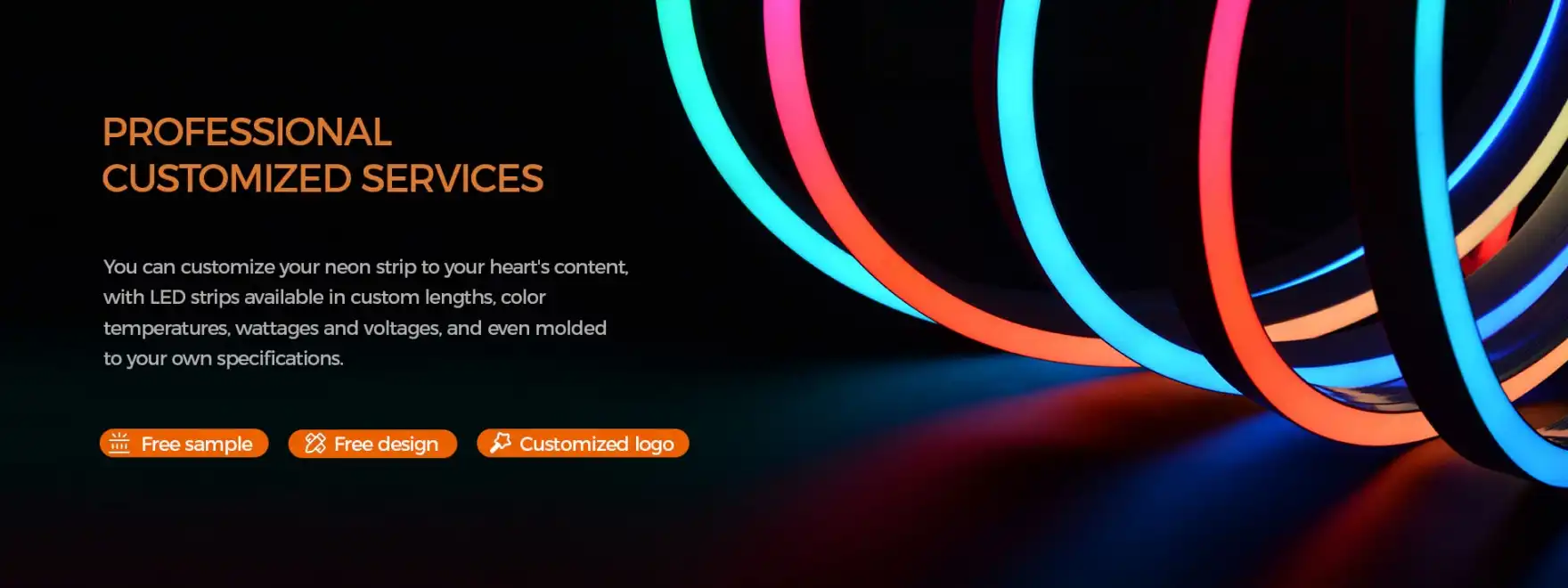
source: LED Light
References
1. Johnson, A. (2022). "The Evolution of LED Lighting: From Rope Lights to Flexible Neon Strips." Lighting Technology Review, 18(3), 45-52.
2. Smith, B., & Davis, C. (2021). "Comparative Analysis of Energy Efficiency in Modern Lighting Solutions." Journal of Sustainable Illumination, 7(2), 112-128.
3. Lee, S., et al. (2023). "Advancements in Flexible LED Technologies for Architectural Applications." Innovative Building Materials, 29(4), 301-315.
4. Martinez, R. (2022). "Environmental Impact Assessment of LED Lighting Products: A Life Cycle Perspective." Sustainability in Design, 14(1), 78-95.
5. Wong, H. (2023). "Smart Lighting Systems: Integration of Flexible LED Neon Strips in IoT Environments." Journal of Intelligent Lighting, 5(3), 201-217.
